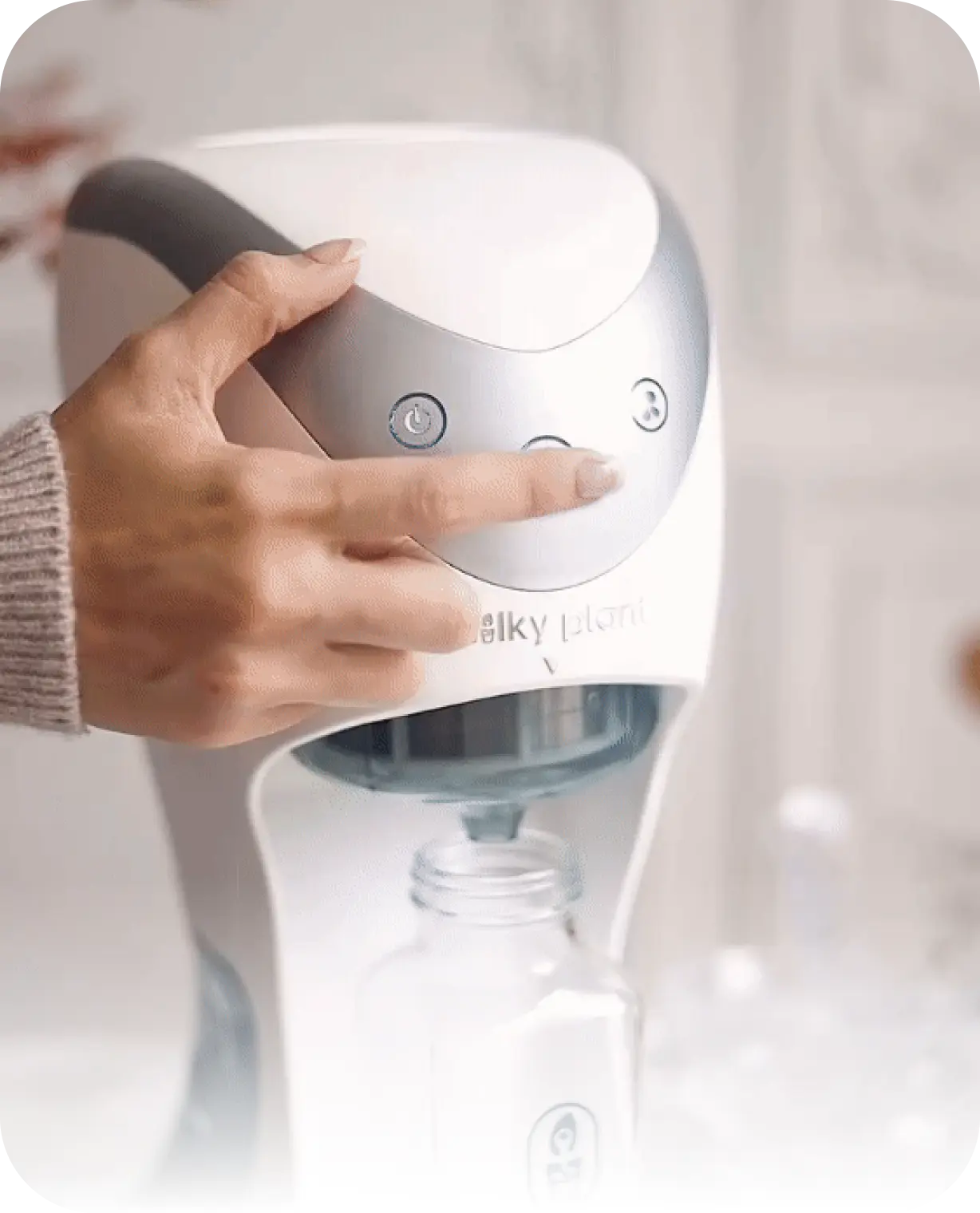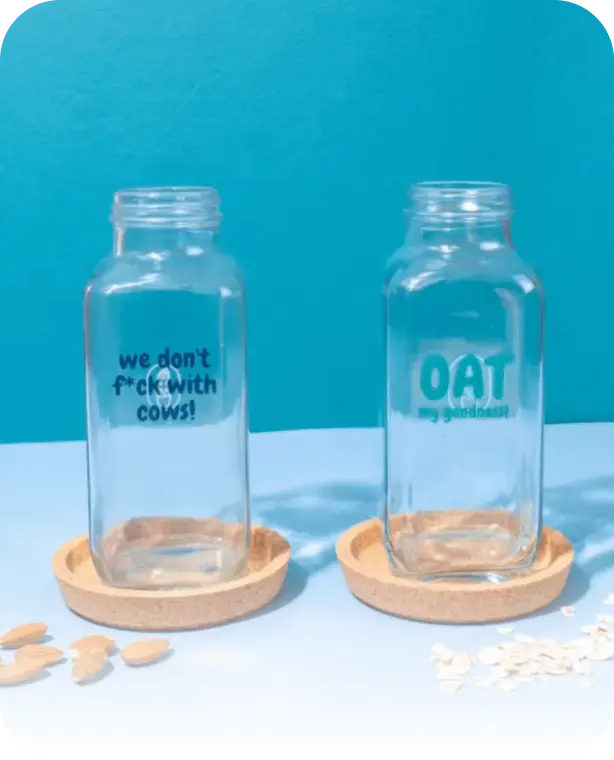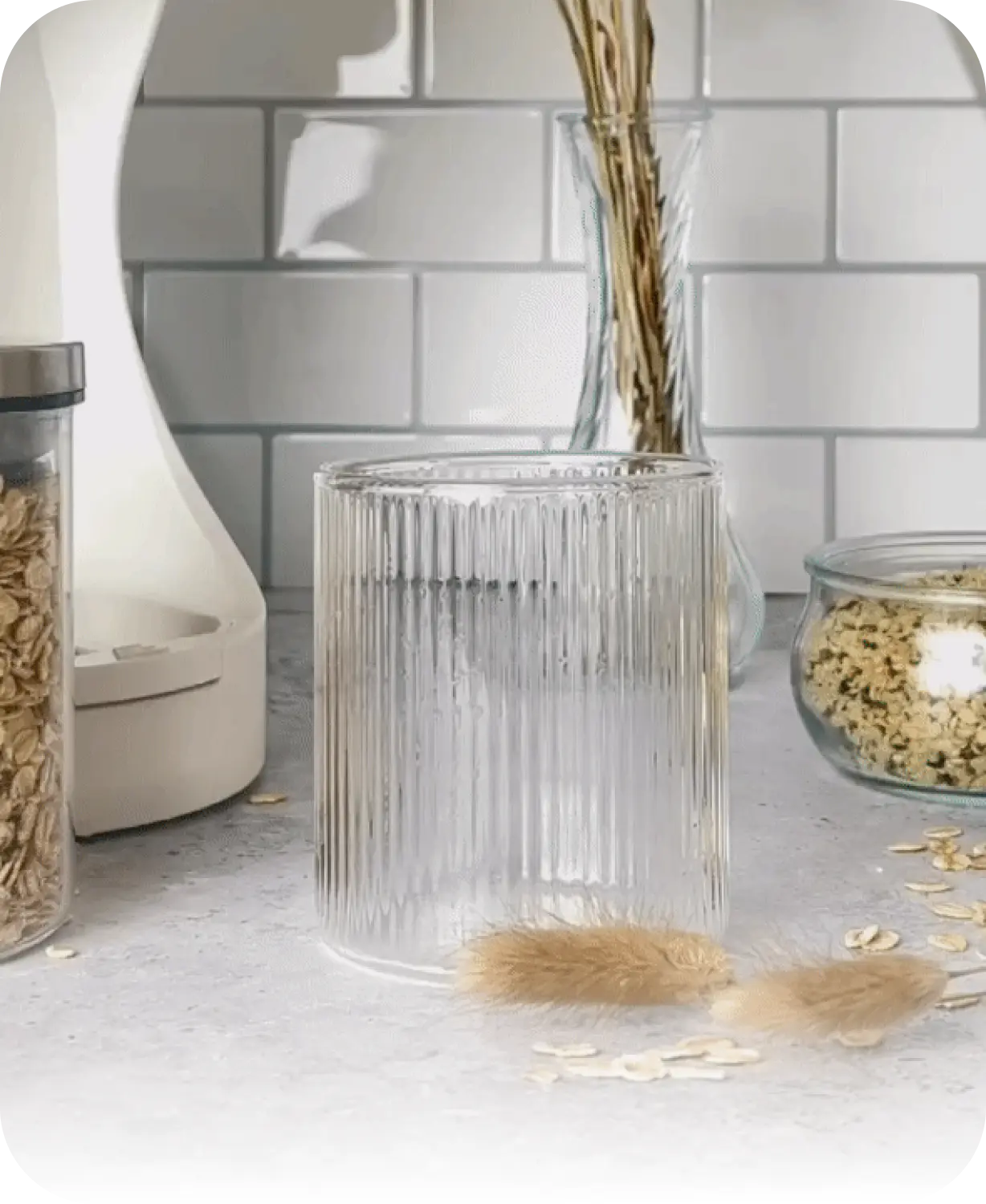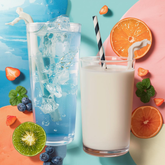Plant-based beverage industry trends have seen a rise in popularity of pea milk, a dairy substitute that is both healthful and creamy. Making pea milk at home with Milky Plant is an easy and enjoyable solution, whether you're lactose intolerant, vegan, or just searching for new and healthful solutions. But which is better when it comes to using peas, especially when they are boiled or pre-soaked? Let's investigate this and determine the most effective method for making homemade pea milk with Milky Plant.
Cooked or Pre-Soaked Peas: Which is Better?
Both cooked and pre-soaked peas can be utilized to whip up pea milk with Milky Plant, and each method presents its own set of advantages.
Cooked Peas: Opting for cooked peas can be a time-saving choice. Ensure that your peas are thoroughly cooked and softened before adding them to the blending compartment of Milky Plant. Cooking the peas makes them tender, facilitating the blending process and allowing for easier milk extraction. However, using cooked peas may impart a slightly different flavor compared to their pre-soaked counterparts.
Pre-Soaked Peas: Conversely, pre-soaked peas necessitate a bit of foresight and planning, as they need to be soaked overnight or for at least 8-12 hours. Despite this initial time investment, pre-soaking confers its own benefits. It not only softens the peas but also aids in reducing antinutrients such as phytic acid, thereby enhancing digestibility and nutrient absorption.
Now that we've examined the merits of each method, let's delve into the process of creating homemade pea milk with Milky Plant
- Whether you choose cooked or pre-soaked peas, ensure they are ready for blending. Add the chickpeas to the blending compartment of Milky Plant, being careful not to exceed the Max line, typically around 80ml.
- Fill the water tank of Milky Plant with clean water, ensuring you follow the minimum level requirement.
- Once your ingredients are in place, press the start button on Milky Plant. The machine will begin blending the peas and water, extracting the milk in the process. During this time, the pulp is separated from the milk, leaving you with a smooth and creamy beverage.
- Don't let the leftover pea pulp go to waste! This nutrient-rich residue can be repurposed in various culinary creations, such as adding it to soups, stews, or even incorporating it into baked goods like muffins or savory pancakes. Its subtle pea flavor can complement a wide range of dishes, minimizing food wastage while maximizing flavor and nutrition. So, get creative and explore the many possibilities for incorporating pea pulp into your culinary repertoire!
Get creative with our soaked peas milk recipe: Pea Milk Recipe
Check out the video for a quick and easy Pea Milk recipe in just 3 minutes: Pea Milk Recipe Video
Making homemade pea milk with Milky Plant is a simple process, regardless of whether you use cooked or pre-soaked peas. Following these instructions will enable you to easily and conveniently enjoy the creamy deliciousness of pea milk. So why not sample the joys of this wonderful dairy substitute ?















